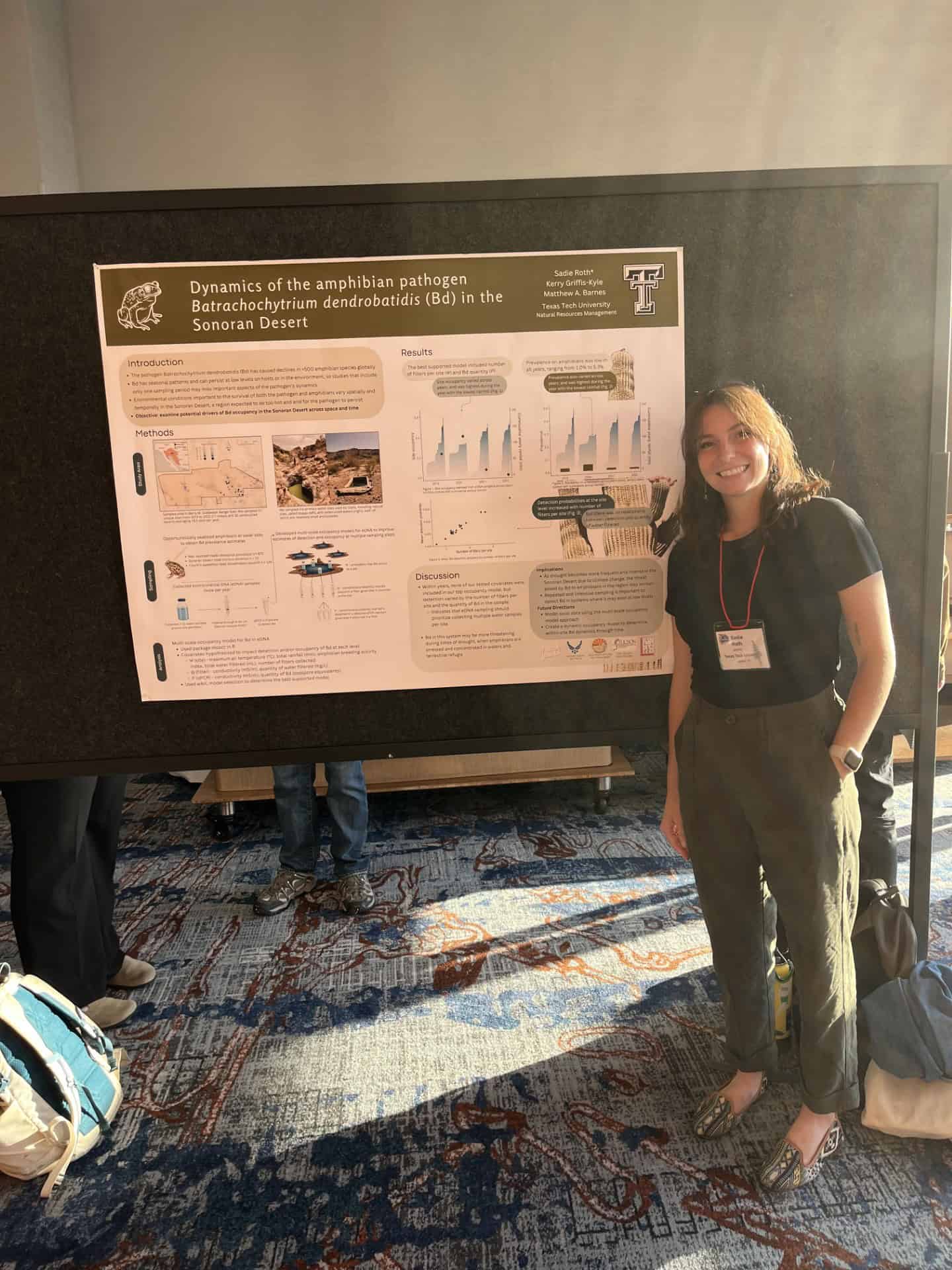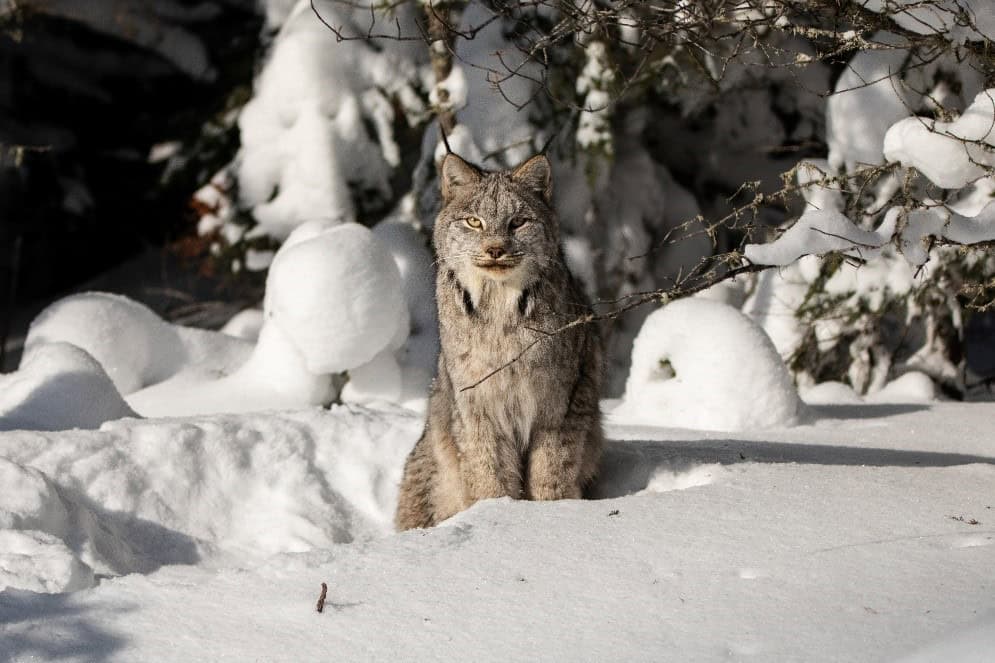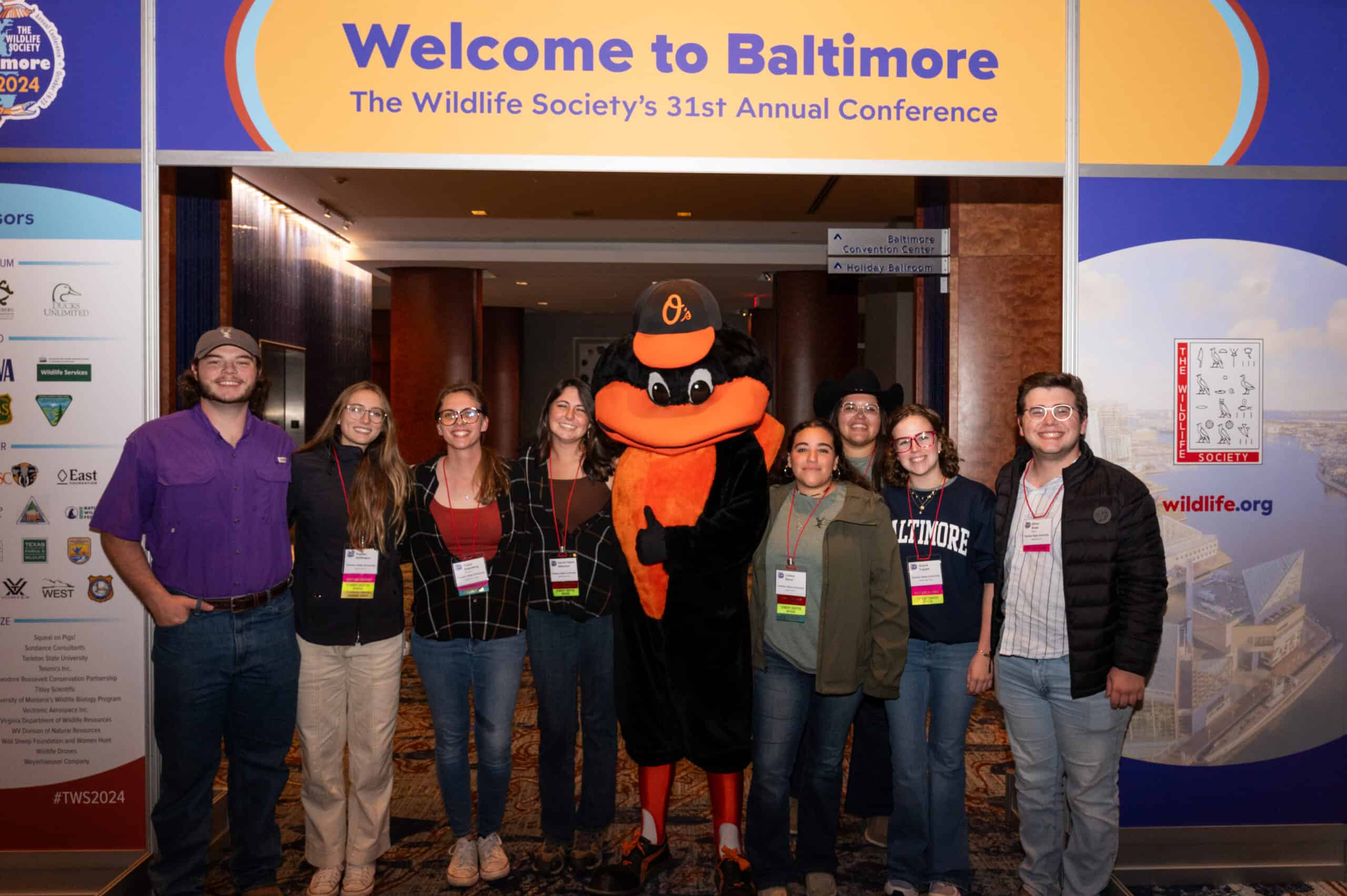Share this article
Highway crossings benefit Banff wildlife
Highways cutting through natural landscapes can kill wildlife in vehicle collisions, fragment their habitat and disconnect their populations. Structures built during the past three decades to help animals cross a national highway traversing Banff National Park have proven highly effective in mitigating wildlife deaths and fragmentation, according to an ongoing study by Parks Canada.
The agency found a combined reduction in wildlife-vehicle collisions and mortality of over 80 percent, and nearly 90 percent for ungulates, since the structures were built. Through 2016, it tallied 165,734 individual animal crossings.
“We’re seeing the benefits to maintaining ecological integrity in Banff National Park because of those structures,” said Parks Canada ecosystem scientist Derek Petersen.
The TransCanada Highway is an enormous highway running through 82 kilometers of the Rocky Mountains in Banff National Park. One vehicle zooms down the thoroughfare every three seconds, Petersen said. Forty-four crossing structures of various design, mostly underpasses, have been tested, implemented and coupled with fencing along the road to help wildlife cope with its impacts.
“Nowhere else is there such an intensity of crossing structures and wildlife fencing in one area,” Petersen said. “It’s a real case study for how highways can be mitigated from a wildlife perspective.”
In 1996, park managers began monitoring the crossings using remote cameras to find out how wildlife used the structures. Gathering what Peterson called the “longest dataset on the planet for this kind of research,” his team documented over a dozen species using these structures to cross the highway in a range of ecosystems from montane to subalpine. The species included white-tailed deer (Odocoileus virginianus), mule deer (Odocoileus hemionus), elk (Cervus canadensis), moose (Alces alces), mountain goats (Oreamnos americanus), bighorn sheep (Ovis canadensis), lynx (Canada lynx), wolverines (Gulo gulo), grizzly bears (Ursus arctos), black bears (Ursus americanus), wolves (Canis lupus), cougars (Puma concolor) and coyotes (Canis latrans).
These animals adopted the crossings even if it required changing their behavior, Petersen said. Not only do these structures save individual wildlife by providing safe routes across the busy highway, he said, but they also help maintain genetic diversity in wildlife populations by reconnecting habitat on either side. Research shows that grizzly bears and wolverines, for instance, aren’t experiencing fragmentation because the crossings permit genetic exchange across the highway, he said.
Findings from Banff are being applied to other highway design and monitoring initiatives in Canada and beyond, such as the development of highway expansion projects in Yoho National Park in British Columbia, to decrease wildlife-vehicle collisions and habitat fragmentation.
“Globally, you can see countless examples where similar crossing structurers and highway fencing are being used effectively to mitigate impacts of road systems on wildlife,” Petersen said.
Header Image:
A moose walks through an underpass beneath the TransCanada Highway in Banff National Park.
©Parks Canada








